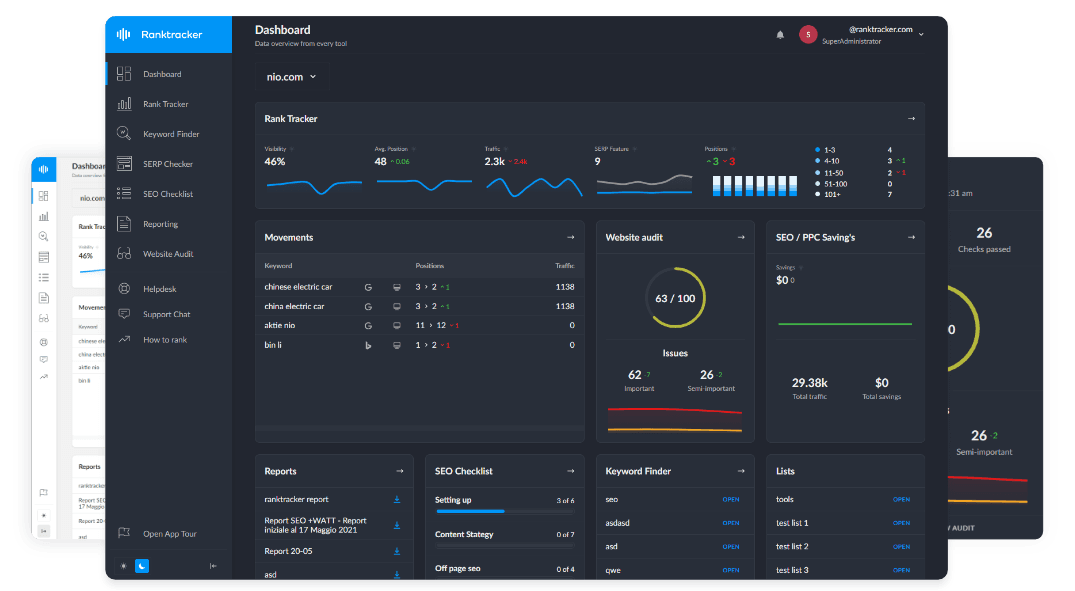Intro
Writing a blog allows experts to spread knowledge by connecting with readers while building their professional reputation within a specific topic. The vast number of daily blog posts makes it difficult to both grab reader attention and keep it throughout the content. The creation of an engaging blog post demands more than solid grammar and educational content since it needs proper structure together with creative elements and reader engagement knowledge. These eight guidelines will assist both new and skilled bloggers in developing captivating blog content which attracts readers to return again and again.
1. Start with a Strong Hook
Your blog post introduction must be powerful since it decides whether readers will stay or exit. Your first sentences should begin with a hook that consists of an intriguing question or surprising fact or strong statement or personal story. The opening goal should create enough curiosity for readers to proceed with the text.
You should steer clear of both generic and overly formal introduction styles. Your opening lines should be conversational while also being directly linked to your chosen blog topic. When you view your hook as an entry point for readers into your world it becomes a device which demonstrates the value of your post.
2. Write in a Conversational Tone
Personalized content which readers can relate to improves their engagement with the content. The utilization of informal language patterns enhances your writing so readers can experience a casual dialogue rather than academic text. Simple and easy to understand language should replace technical jargon because it enables better audience connection.
Sources suggest that you achieve conversational writing through the combination of contractions along with rhetorical questions and your own personal story elements. Your professional tone should merge with personal touches that help readers develop a connection to your writing content instead of feeling stiff from formal approaches.
3. Use Subheadings and Short Paragraphs
Long stretches of continuous text intimidate readers who frequently leave such sections without finishing them. Your content becomes easier to read when you split it into short paragraphs which also helps maintain audience engagement. The structure of content sections helps readers decide whether to read further because they can easily skim through sections before making their choice.
The important information should be emphasized through bullet points and numbered lists and bolded key phrases. A blog post that follows a logical structure lets readers quickly understand the content which leads to extended page time from readers.
4. Incorporate Storytelling Elements
Through storytelling writers gain access to the most compelling tool in their craft. Your content retention will improve when you add stories through actual experiences or made-up illustrations and scientific evidence because human minds have better memory capacity for tales than plain declarative statements. Once a story builds emotional resonance with readers it helps maintain their focus on the content being presented.
Storytelling improves through the strategic application of enriching words and eye-catching mental visualizations. A well-executed approach provides readers with a more intense experience that makes them better connect with your communication.
5. Leverage AI Tools to Enhance Creativity
Writing fresh ideas and compelling narratives often proves difficult to many students who experience writer’s block in their work. AI story-writing tools bring revolutionary power to storytelling situations. The tools create content recommendations and develop interesting beginnings and organize blog posts for you.
The use of an AI story writer supports your originality by becoming a tool that initiates creative thinking and refines your concepts. AI technology serves as a content acceleration tool which generates high-quality content for storytelling elements and catchy titles and engaging hooks.
6. Optimize for SEO Without Compromising Readability
The fundamental requirement of search engine optimization (SEO) for blog traffic growth should never result in content that becomes difficult to understand. While adding excessive keywords to your content raises immediate search ratings the text becomes difficult to understand and makes your content appear artificial. The proper way to incorporate keywords is by using them in a way that flows naturally with your writing.
The All-in-One Platform for Effective SEO
Behind every successful business is a strong SEO campaign. But with countless optimization tools and techniques out there to choose from, it can be hard to know where to start. Well, fear no more, cause I've got just the thing to help. Presenting the Ranktracker all-in-one platform for effective SEO
We have finally opened registration to Ranktracker absolutely free!
Create a free accountOr Sign in using your credentials
Your content delivery must remain valuable throughout while you implement correct usage of headings along with meta descriptions and image alt texts. Google values user experience above all else so content that provides genuine value along with seamless writing will outperform robotic language filled with keywords in search rankings.
7. Add Visuals to Enhance Engagement
The monotonous nature of a text-only blog post remains unchanged despite its excellent writing quality. Breakups in your content can be achieved through the inclusion of images together with infographics and videos which enhance visual appeal. Readers better grasp visual content in shorter time periods than written text does which makes the addition of appropriate visual components aid both comprehension and memory retention.
All visuals you use should maintain high quality standards while supporting the main points of your content. Select images that avoid generic stock photos by choosing custom graphics and screenshots along with simple illustrations which enhance your main points. Strong visuals in a blog post will elevate its quality from good to outstanding.
8. End with a Clear Call-to-Action (CTA)
An interesting blog post should not stop abruptly because it guides readers toward their next action. The implementation of a visible call-to-action (CTA) directs readers toward their following step which could entail commenting, sharing, subscribing or exploring linked content. Your audience engagement may stop when you omit a CTA because it fails to provide them with a next step.
Your CTA should be both natural and directly connected to the main topic of your post. Tailor your subscription request to match the content you have presented. Your content writing blog can use this CTA: "Are you seeking additional writing advice?" Users who subscribe to our newsletter will receive weekly insights through our subscription service.

